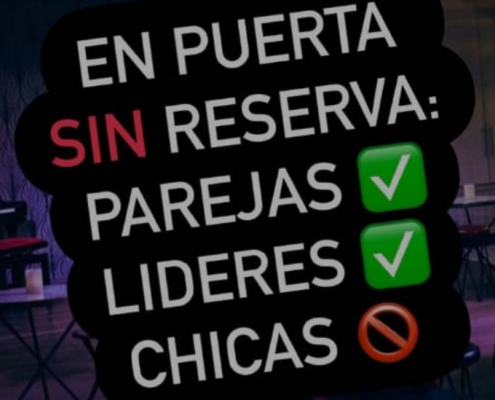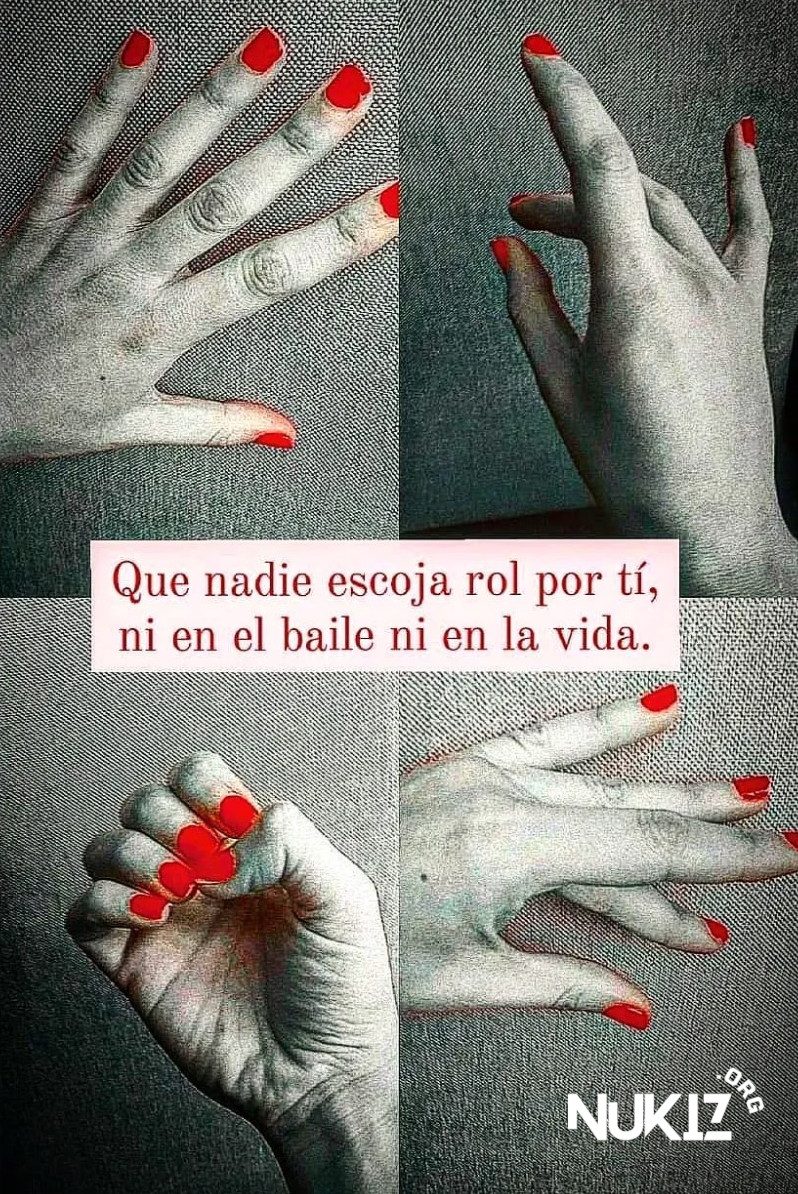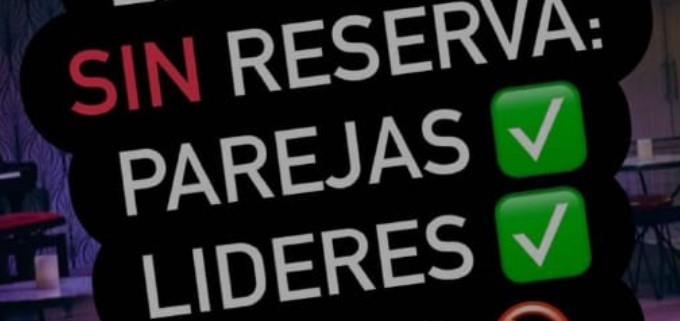One of the things that caught our attention when we started dancing kizomba was the naturalness with which in all the workshops, classes and intensives we attended, boy was synonymous with the person who led (“leader”), and girl was synonymous with the person who let herself go (“follower”). This was something that as certain scenes such as the swing scene became popular back in 2014 was relegated to oblivion. First in self-managed spaces, and soon after, in all schools that, fortunately, were joining and adapting their way of teaching to the diversity of gender identities, sexual options and, above all, preferences on the dance floor.
To be honest, we never saw any objective relationship between genitalia and something as personal as our role on the track. Sometimes we like to play the role of leader, interpreting the music and turning it into steps, but we also find it tremendously pleasurable to let someone else do it for you, following their body movements and understanding their suggestions. Not to mention the pleasure of changing roles during the same dance.

When asked, the excuse is usually that there are more “girls” than “boys”, and that in the end, it is the girls who pay for dancing with boys. That if they don’t dance they don’t come back, and that the customer is the boss and the world is like that. Well, the world is the way we want it to be and we see more and more girls playing the role of leader, but also boys playing the role of follower or people who do not identify with these genders, and who, if we were to be strict, would be banned from most of the big events (sic).
We would like to think that what lies behind all this is simply a lack of reflection on the importance of adapting kizomba to the times, as has already been done with many other local dance scenes and as is already happening with this same scene in other nearby countries.

So we not only call for reflection among event organizers, but also awareness among all people who dance Kizomba / Urban Kiz / Tarraxo / Tarraxo / Fusion / etc., in these parts and ASK to dance for the distribution of roles. By the way, also in case the other person wants to continue dancing and is comfortable. There are many ways to say it, with the voice and with the body.


